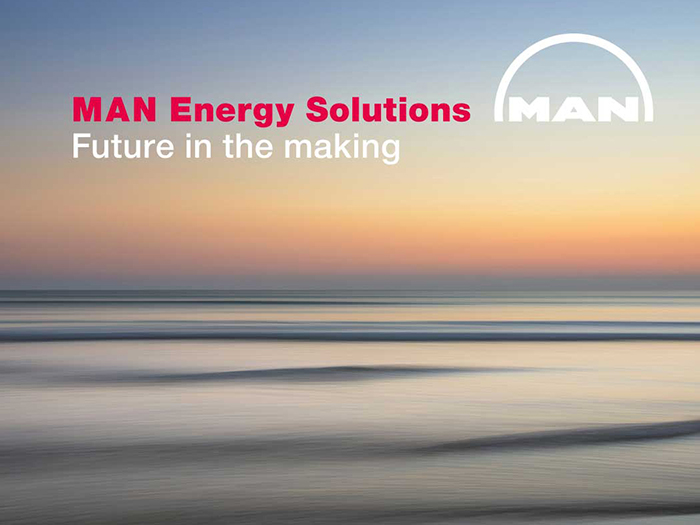
Danish consortium puts ammonia-fueled engine on fast track
Written by Nick Blenkey
A commercially viable, zero-carbon, ammonia-fueled marine two-stroke engine could be a reality by as soon as 2024. That is the aim of the AEngine project, a consortium set up with the support of Innovation Fund Denmark, the Danish investment agency.
The project aims to specify and demonstrate an entire, marine propulsion system that will pave the way for the first commercial order for an ammonia-fueled vessel.
MAN Energy Solutions will lead the consortium, whose other members are fuel system supplier Eltronic FuelTech, the Technical University of Denmark (DTU); and classification society DNV GL.
“MAN Energy Solutions has spoken in favor of a maritime energy transition in shipping for many years now and we understand the need to work with a wide group of industry partners to develop sustainable solutions,” said Brian Østergaard Sørensen, Vice President, Head of Research & Development, Two-Stroke at MAN Energy Solutions. “Ammonia is a fuel with a lot of potential and yet another, important step towards decarbonising the marine market. We already have a convincing track-record in developing engines running on alternative fuels—having developed the world’s first two-stroke engines driven respectively by methanol, ethane and LPG—and have great expectations for this project.”
PROJECT AIMS
As a marine fuel, ammonia has the potential to decarbonize the marine industry. The project aims to demonstrate—at full-scale—a large marine engine running on ammonia at MAN Energy Solutions’ test facility, Research Center Copenhagen. The project comprises three main stages:
- Concept development and initial design of an ammonia engine;
- Design of an ammonia fuel-supply system; and
- Full-scale testing.
WHY AMMONIA?
Ammonia is interesting because it is an energy carrier that does not contain carbon, and whose combustion therefore does not produce CO2. Similarly, its production from electricity doesn’t require a carbon-based source, while its production is infinitely scalable.
Since large quantities of ammonia are already transported around the world, it is a well-established commodity with some 120 ports globally currently involved in its import/export and with some already having ammonia storage facilities. Thus, much of the infrastructure for using ammonia to power ships is already in place.
AENGINE ROLES
The AEngine project is adopting an interdisciplinary approach to cover the implications of using ammonia as fuel aboard a ship.
MAN Energy Solutions, the worlds’ leading designer of low-speed engines for the propulsion of large merchant ships, will act as project coordinator. It will integrate all developed technology into an ammonia propulsion-train and be responsible for fuel injection, the combustion system, and emission after-treatment technology, as well as all on-engine components. It will also be responsible for the test facility and engine testing.
Eltronic FuelTech is a leader in the development, production, installation and maintenance of fuel equipment for high- and low-pressure solutions within the maritime industry. It will be responsible for the engine’s fuel-supply system, including the Fuel Valve Train and its integration with tanks, and purging and venting systems. Eltronic FuelTech will also supply the AEngine’s fuel-supply system and Fuel Valve Train to the test facility.
DTU is Denmark’s largest technical university and has a strong international reputation in relation to ammonia as engine fuel. Its Department of Chemical Engineering will be involved in investigating the chemistry of ammonia combustion and the formation of pollutants during combustion. Similarly, its Department of Mechanical Engineering will support the project by acting as a consultant and transferring its experience from small ammonia-engine research to a larger-scale, full-size marine engine.
DNV-GL will cover safety regulation for the use of ammonia aboard ships and act as consultant on questions where design decisions have an impact on safety.




